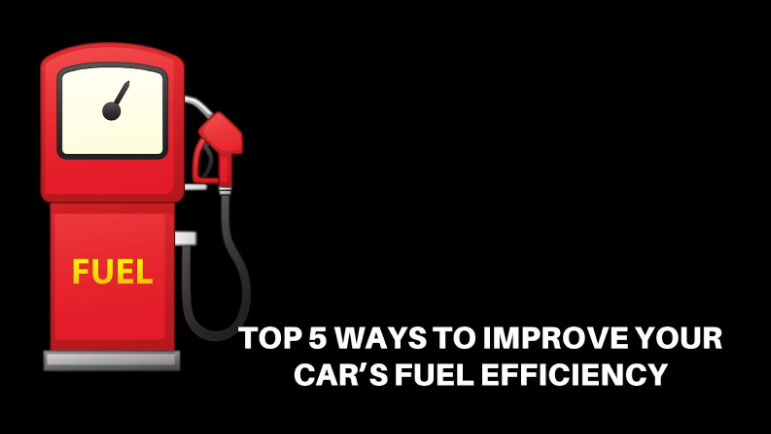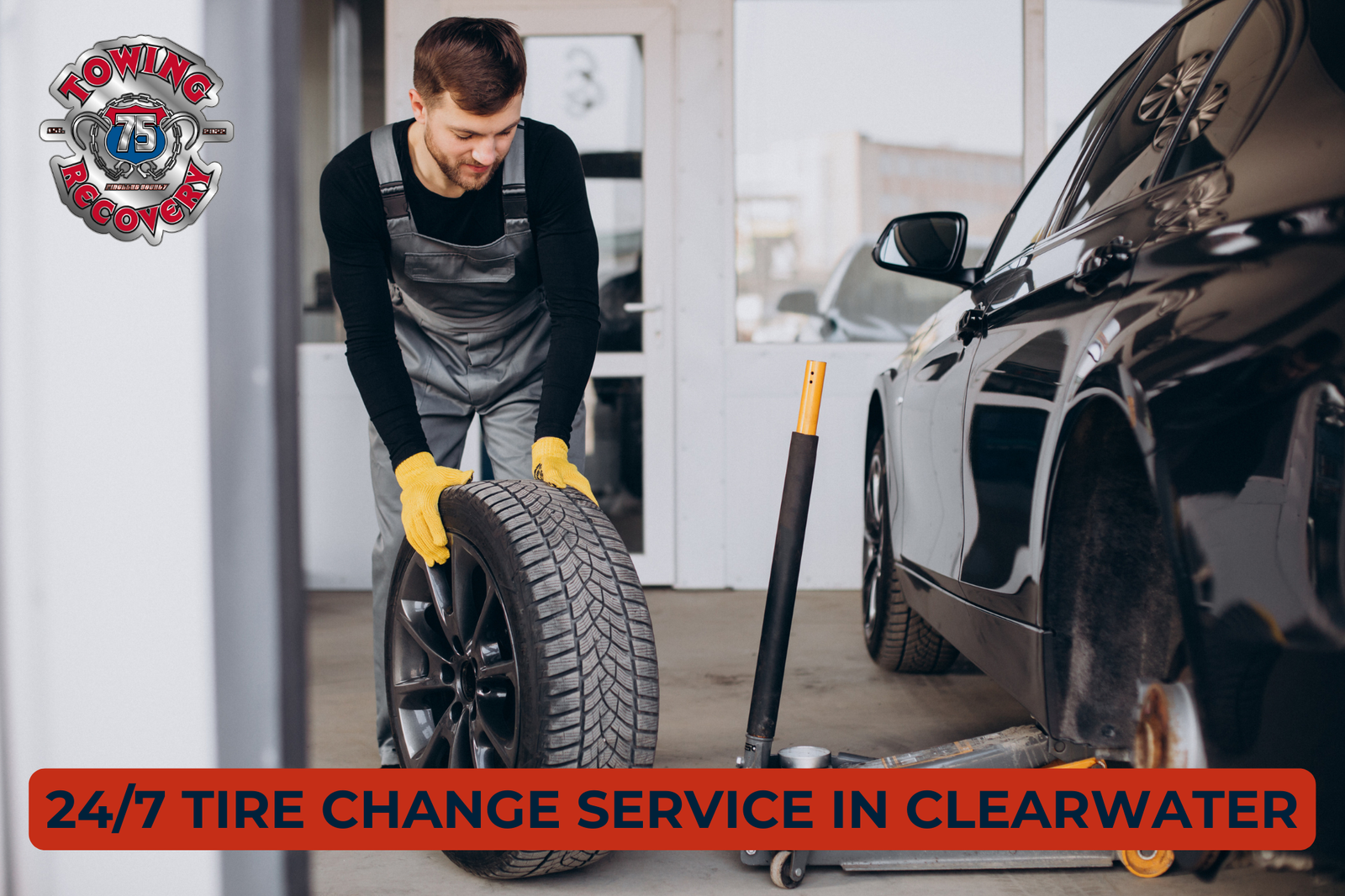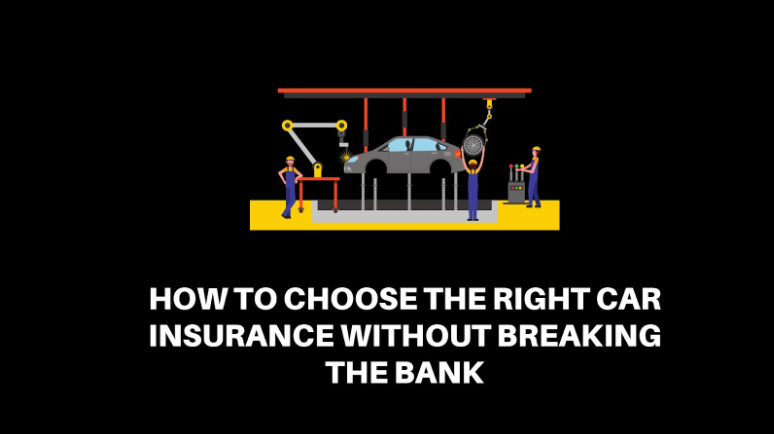Fuel efficiency is more than just a buzzword; it’s a necessity in today’s world of fluctuating fuel prices and environmental awareness. For many car owners, maximizing fuel economy means saving money and reducing their carbon footprint. The process involves not just making adjustments to the vehicle but also adopting better driving habits. This comprehensive guide explores five effective strategies to boost your car’s fuel efficiency, helping you drive smarter and further while spending less.
Maintaining Proper Tire Pressure
Why Tire Pressure Matters
The tires are the only part of your car that touches the road, and their condition significantly impacts fuel efficiency. When tires are underinflated, they create greater rolling resistance, forcing the engine to expend more energy to keep the car moving. This directly translates to higher fuel consumption.
Properly inflated tires, on the other hand, reduce resistance and ensure a smoother ride. The correct tire pressure also improves handling, reduces wear and tear, and enhances overall vehicle performance.
Checking and Adjusting Tire Pressure
Regularly monitoring your tire pressure is an essential maintenance task. Most car manufacturers recommend a specific pressure range, which is usually found in the owner’s manual or on a sticker inside the driver’s door. Using a tire pressure gauge, check all four tires (and the spare) at least once a month and before long trips.
Temperature changes can affect tire pressure, so be vigilant during extreme weather conditions. If your tires need inflating, most gas stations have air pumps that allow you to adjust the pressure to the recommended level.
Adopting Smooth Driving Habits
The Impact of Aggressive Driving
Driving style plays a crucial role in determining fuel efficiency. Rapid acceleration, frequent braking, and speeding can all lead to excessive fuel consumption. Aggressive driving forces the engine to work harder, burning more fuel than necessary.
For instance, accelerating quickly from a standstill uses significantly more fuel than gradually reaching your desired speed. Similarly, abrupt braking wastes the energy your car has already expended to build momentum.
How to Drive Efficiently
Adopting a smoother driving approach can improve your fuel economy by up to 30%. Start by accelerating gradually and maintaining a steady speed. Anticipate traffic conditions to avoid unnecessary braking, and use cruise control on highways to maintain consistent speeds.
Another tip is to drive within the speed limit, as fuel efficiency tends to decrease at speeds above 50-60 mph (80-100 km/h). Slowing down slightly on highways can lead to significant savings over time.
Reducing Excess Weight
The Hidden Cost of Extra Weight
Every additional kilogram in your vehicle increases the energy required to move it. Carrying unnecessary items in your car, especially heavy ones, can take a toll on your fuel efficiency.
Roof racks and carriers are another factor to consider. While they’re convenient for transporting luggage, they create aerodynamic drag, especially at higher speeds. This resistance forces your engine to work harder, leading to higher fuel consumption.
Tips to Lighten Your Load
To maximize fuel efficiency, regularly declutter your car. Remove items you don’t need for your journey, especially heavy tools or equipment in the trunk. If you’re not using a roof rack, consider removing it to improve aerodynamics.
Traveling light doesn’t mean compromising on essentials—just be mindful of what you’re carrying. For longer trips, pack efficiently and evenly distribute weight to avoid overloading one side of the vehicle.
Keeping Your Engine in Good Shape
Why Maintenance Matters
Your car’s engine is the heart of its operation, and its condition directly affects fuel efficiency. A poorly maintained engine may struggle to perform optimally, consuming more fuel to compensate for reduced power or efficiency.
Common issues like dirty air filters, worn-out spark plugs, or improper engine oil levels can all lead to increased fuel consumption. Regular servicing ensures that your engine operates at peak performance, delivering better mileage and reducing emissions.
Essential Maintenance Tips
Follow your car manufacturer’s maintenance schedule for routine tasks like oil changes, filter replacements, and tune-ups. Clean air filters allow for better airflow into the engine, improving combustion and efficiency. Similarly, using the right grade of engine oil reduces friction and enhances performance.
Modern cars often come with diagnostic tools that alert you to potential problems. Pay attention to warning lights on the dashboard and address any issues promptly. A small investment in regular maintenance can save you significant amounts on fuel costs over time.
Planning Your Trips Wisely
The Cost of Unnecessary Trips
Frequent short trips, especially with a cold engine, consume more fuel than a single longer journey covering the same distance. Starting your car requires the engine to warm up, and during this phase, it operates less efficiently.
Moreover, stop-and-go traffic or taking indirect routes can add unnecessary mileage, further reducing fuel economy.
How to Optimize Your Travel
To minimize fuel consumption, plan your trips carefully. Combine errands into a single outing rather than making multiple trips throughout the day. Use navigation apps to find the most efficient routes, avoiding heavy traffic and road closures.
Carpooling is another excellent way to reduce fuel usage, as it allows multiple people to share the cost and environmental impact of a single vehicle.
When stuck in traffic or waiting for someone, avoid idling for extended periods. Modern engines are designed to restart efficiently, so turning off your car when stationary can save fuel.
Advanced Tips for Fuel Efficiency
While the five methods outlined above are practical and effective, there are advanced strategies for those looking to maximize savings.
- Use Eco-Mode: Many modern vehicles have an eco-mode setting that adjusts engine and transmission performance for better fuel economy.
- Regularly Align and Balance Tires: Proper alignment reduces resistance and ensures even tire wear, contributing to better mileage.
- Upgrade to Low-Rolling-Resistance Tires: These tires are specifically designed to improve fuel efficiency by reducing energy loss as the tire rolls.
- Consider Aerodynamic Enhancements: Adding features like a spoiler or deflector can improve airflow around your vehicle, reducing drag.
- Switch to Hybrid or Electric Vehicles: For a long-term solution, consider investing in a fuel-efficient hybrid or fully electric car.
Conclusion
Improving fuel efficiency is about adopting mindful habits, maintaining your car, and making informed decisions. By keeping your tires properly inflated, driving smoothly, reducing weight, servicing your engine, and planning trips wisely, you can save money, reduce emissions, and extend the life of your vehicle.
These changes might seem small individually, but together, they make a significant impact on both your wallet and the environment. Whether you’re a daily commuter or an occasional driver, these strategies ensure you get the most out of every liter of fuel.














